Welcome to the ultimate guide on creating a safe haven for COPD patients. Living with Chronic Obstructive Pulmonary Disease (COPD) can be challenging, but ensuring a safe and comfortable home environment can make a world of difference. In this comprehensive article, we will explore essential home safety tips specifically tailored to COPD patients. From maintaining indoor air quality to preventing falls and accidents, we will cover everything you need to know to create a secure haven for yourself or your loved one. With COPD patients being more susceptible to respiratory infections and other health complications, it is crucial to take proactive measures to minimize risks within the home. Join us as we delve into practical strategies, expert advice, and innovative solutions to help you optimize your living space for maximum safety and well-being. Let's dive in and create a safe haven together.

Understanding COPD and its impact on home safety
COPD is a chronic lung disease that causes breathing difficulties, affecting millions of people worldwide. It is characterized by symptoms such as shortness of breath, coughing, wheezing, and chest tightness. COPD patients often face challenges in performing everyday tasks and maintaining their overall well-being. Understanding the impact of COPD on home safety is crucial for creating a safe living environment.
COPD can significantly increase the risk of respiratory infections, exacerbations, and other health complications. Therefore, it is essential to minimize potential hazards within the home that may trigger or worsen these conditions. By implementing the right safety measures, you can create a comfortable and secure space that promotes better health outcomes and enhances the quality of life for COPD patients.
Common hazards for COPD patients in the home
To create a safe haven for COPD patients, it is essential to identify and address common hazards that can pose risks to their health and well-being. Understanding these hazards will enable you to take proactive steps to prevent accidents and ensure a safer environment for COPD patients.
One of the primary hazards for COPD patients is poor indoor air quality. Indoor air pollutants, such as dust, pet dander, mold, and volatile organic compounds (VOCs), can worsen COPD symptoms and trigger respiratory flare-ups. Another significant hazard is the risk of falls and accidents due to reduced mobility and balance issues often associated with COPD. Additional hazards include improper temperature and humidity levels, fire hazards, and potential dangers in the kitchen, bathroom, and bedroom. By addressing these hazards, you can significantly reduce the risks faced by COPD patients within their homes.
Creating a COPD-friendly living environment
Creating a COPD-friendly living environment involves implementing various strategies and modifications to ensure the safety and well-being of COPD patients. By optimizing the living space, you can minimize triggers, reduce risks, and enhance comfort for individuals living with COPD.
One of the first steps in creating a COPD-friendly home is to ensure proper ventilation and air filtration. Installing high-efficiency air purifiers and regularly cleaning and maintaining heating, ventilation, and air conditioning (HVAC) systems can help remove indoor air pollutants and improve air quality. It is also important to keep windows and doors closed during times of high outdoor pollution or allergen levels.
Managing temperature and humidity levels is another critical factor for COPD patients. Extreme temperatures and high humidity can make breathing more difficult. Using programmable thermostats to maintain a comfortable temperature range and utilizing dehumidifiers or humidifiers to control humidity levels can improve indoor air quality and enhance the comfort of COPD patients.
Ensuring clean air quality in the home
Indoor air quality plays a crucial role in the health and well-being of COPD patients. Poor air quality can worsen symptoms, trigger flare-ups, and increase the risk of respiratory infections. By taking steps to ensure clean air quality in the home, you can create a safer and more comfortable environment for COPD patients.
One of the most effective ways to improve indoor air quality is by using high-efficiency air purifiers. These devices can filter out airborne particles, allergens, and pollutants, helping to reduce the triggers that can worsen COPD symptoms. Look for air purifiers with HEPA filters, as they are highly effective in removing tiny particles from the air.
Regularly cleaning and maintaining HVAC systems is also important for maintaining clean air quality. Dust, mold, and other contaminants can accumulate in these systems, circulating throughout the home and negatively impacting the respiratory health of COPD patients. Hiring a professional to clean and inspect your HVAC system annually can help prevent the buildup of pollutants and ensure optimal indoor air quality.
Managing temperature and humidity levels
For COPD patients, managing temperature and humidity levels within the home is crucial for maintaining comfort and minimizing respiratory distress. Extreme temperatures, whether hot or cold, can make breathing more difficult, while high humidity can contribute to the growth of mold and other allergens.
Using programmable thermostats can help regulate indoor temperatures, ensuring a comfortable environment for COPD patients. Set the thermostat to maintain a temperature range that is neither too hot nor too cold. It is also important to avoid sudden temperature changes, as they can trigger breathing difficulties.
In regions with high humidity, utilizing dehumidifiers can help control moisture levels and prevent the growth of mold and mildew. On the other hand, if the air is too dry, using humidifiers can add moisture to the air, reducing the risk of dryness and irritation in the respiratory system. However, it is crucial to clean and maintain humidifiers regularly to prevent the growth of bacteria or mold.
Fire safety precautions for COPD patients
Fire safety is a critical consideration for COPD patients, as their condition may limit their ability to escape or react quickly in the event of a fire. Taking proactive measures to prevent fires and ensure quick evacuation can significantly reduce the risks faced by COPD patients.
One of the essential fire safety precautions is to install smoke detectors in every room of the house, including bedrooms and living areas. Test the smoke detectors regularly and replace batteries as needed. Additionally, consider connecting the smoke detectors to a monitored home security system for added peace of mind.
It is also crucial to have a fire escape plan in place. Discuss and practice the escape plan with all household members, ensuring that everyone knows the quickest and safest routes out of the house. Make sure exits are clear of obstructions and that COPD patients have easy access to necessary medications and breathing equipment.
Kitchen safety tips for COPD patients
The kitchen can be a hazardous area for COPD patients, as it presents various risks such as burns, falls, and exposure to harmful fumes. Implementing kitchen safety tips can help minimize these risks and create a safer environment for COPD patients.
First and foremost, ensure that the kitchen is well-ventilated to prevent the buildup of cooking fumes. Use exhaust fans or open windows to ensure proper air circulation. Avoid using gas stoves or ovens without proper ventilation, as they can release harmful gases, such as carbon monoxide.
To prevent burns and accidents, it is essential to use safe cooking practices. Avoid wearing loose or flowing clothing while cooking, as it can catch fire. Keep pot handles turned inward to prevent accidental spills. Consider using appliances with automatic shut-off features, such as electric kettles and slow cookers.
Bathroom safety measures for COPD patients
The bathroom can present unique challenges for COPD patients, as it is often a wet and slippery environment. Taking appropriate safety measures can help prevent falls and accidents in the bathroom.
Install grab bars near the toilet, bathtub, and shower to provide support and stability. Ensure that these grab bars are securely mounted to the wall to withstand the weight of COPD patients. Consider using non-slip mats or adhesive strips in the shower or bathtub to reduce the risk of slips and falls.
Maintain a clutter-free bathroom environment to minimize tripping hazards. Keep toiletries and other items organized and within easy reach. Consider using a shower chair or bench for added stability and comfort during bathing.
Bedroom safety considerations for COPD patients
Creating a safe bedroom environment is essential for COPD patients, as it is where they spend a significant amount of time resting and sleeping. By implementing appropriate safety measures, you can promote better sleep quality and reduce the risk of accidents.
Ensure that the bedroom is well-ventilated, and the air quality is optimal. Use air purifiers to filter out allergens and pollutants that can worsen COPD symptoms. Keep windows closed during times of high outdoor pollution or allergen levels.
Choose a comfortable and supportive mattress and pillows to promote better sleep and minimize the risk of respiratory discomfort. Consider using hypoallergenic bedding materials to reduce exposure to potential allergens. Keep the bedroom clean and free from dust and pet dander, as these can worsen COPD symptoms.
Emergency preparedness for COPD patients
Emergency preparedness is crucial for COPD patients, as they may require additional assistance or resources in the event of a natural disaster, power outage, or other emergencies. Taking proactive steps to prepare for emergencies can ensure the safety and well-being of COPD patients.
Create an emergency kit that includes essential supplies such as medications, oxygen tanks, spare batteries for medical devices, and a list of emergency contacts. Regularly check and update the contents of the emergency kit to ensure that everything is up to date and in working order.
Develop an emergency plan that outlines the necessary steps to take in different scenarios. Consider enlisting the help of neighbors, friends, or family members who can provide assistance during emergencies. Keep important documents, such as medical records and insurance information, in a safe and easily accessible location.
Seeking professional assistance for home safety modifications
In some cases, seeking professional assistance for home safety modifications may be necessary to ensure the optimal safety and well-being of COPD patients. Occupational therapists, home safety experts, and other professionals can provide valuable guidance and recommendations tailored to the specific needs of COPD patients.
Consulting with these professionals can help identify potential hazards, suggest appropriate modifications, and provide expert advice on creating a safe living environment. They can assess the home for accessibility, recommend assistive devices, and help implement necessary adjustments to promote independence and reduce the risk of accidents.
Conclusion
Creating a safe haven for COPD patients involves understanding the unique challenges they face and implementing practical strategies to minimize risks within the home. From maintaining clean air quality to preventing falls and accidents, each aspect of home safety plays a crucial role in promoting the well-being of COPD patients. By following the essential tips and recommendations outlined in this guide, you can optimize your living space and create a secure environment that enhances comfort, reduces triggers, and improves the overall quality of life for COPD patients. Remember, every step you take towards creating a safe haven counts, so start implementing these measures today and make a positive impact on the health and well-being of yourself or your loved one.


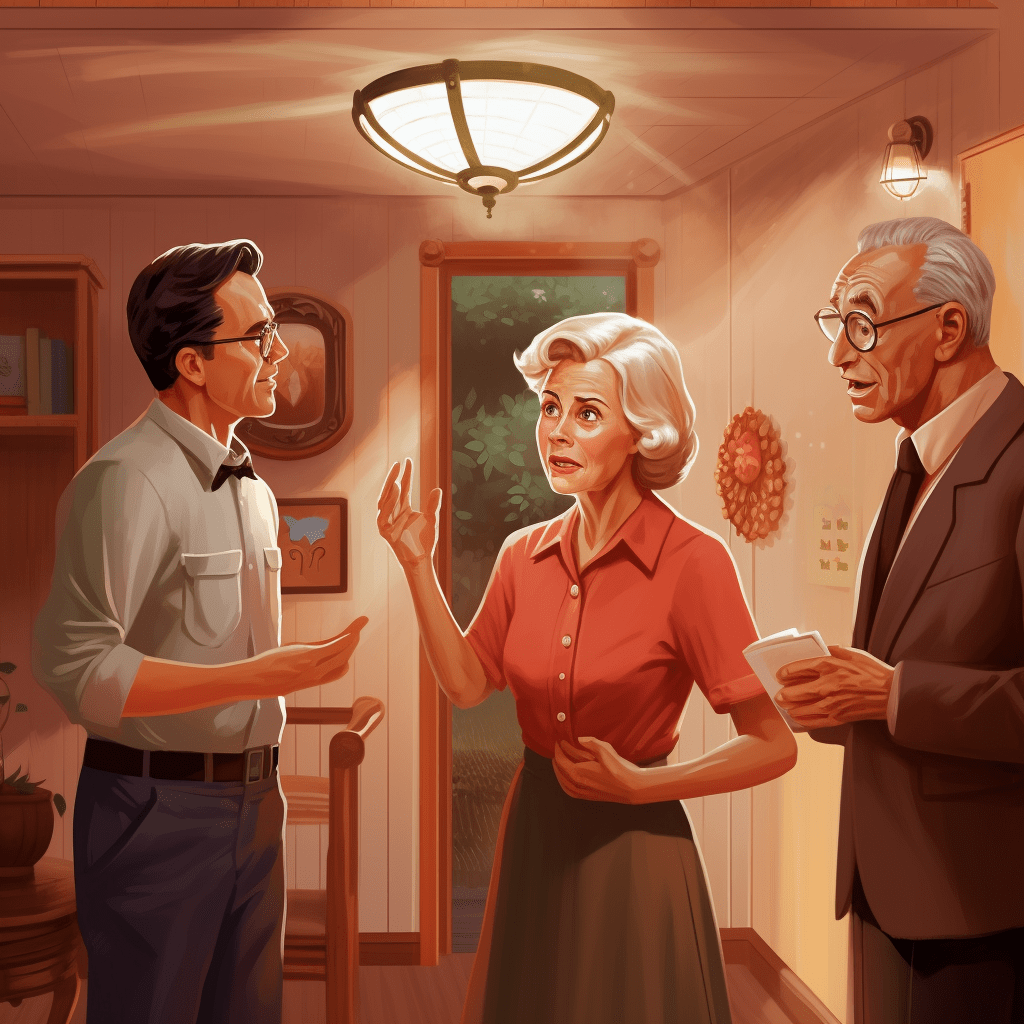

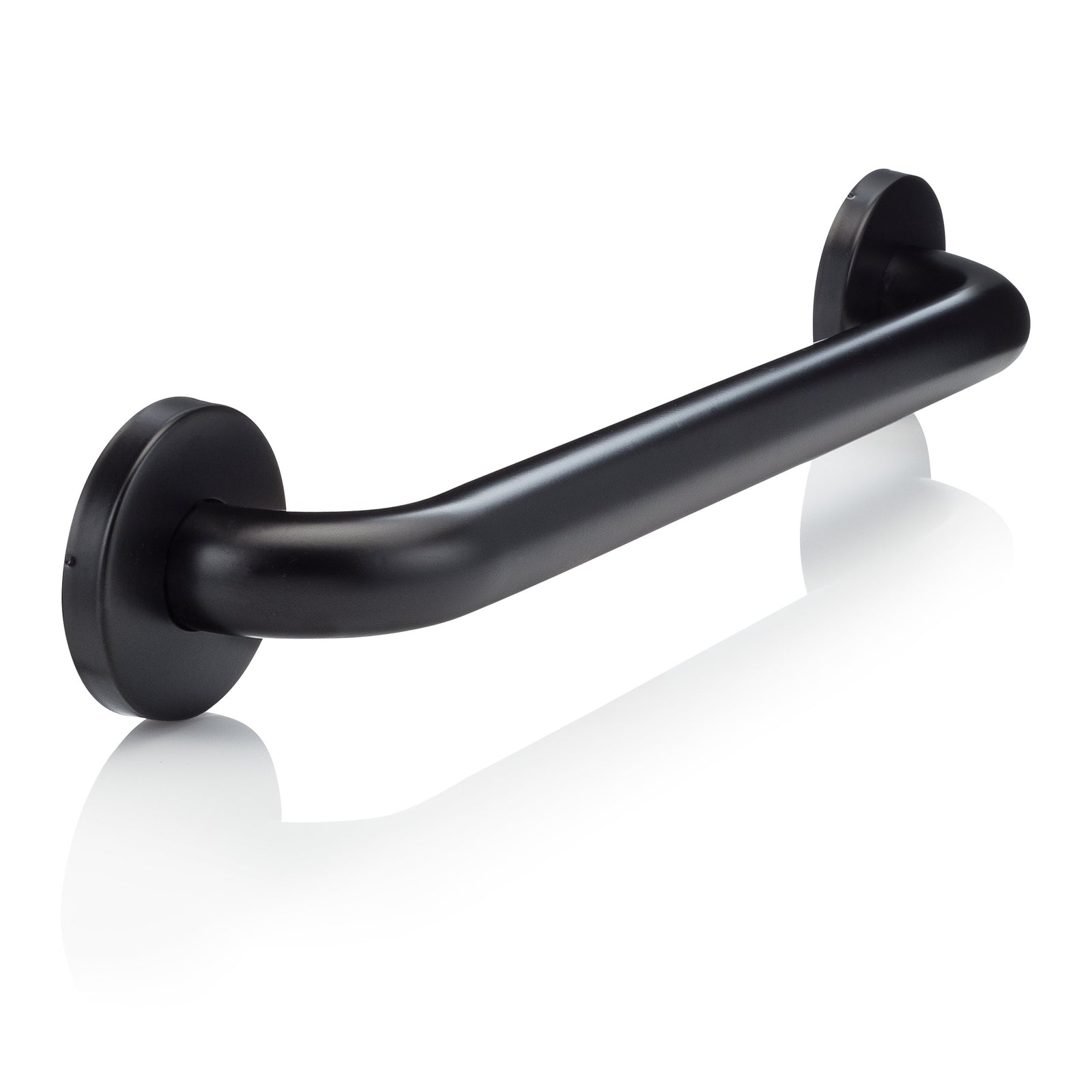
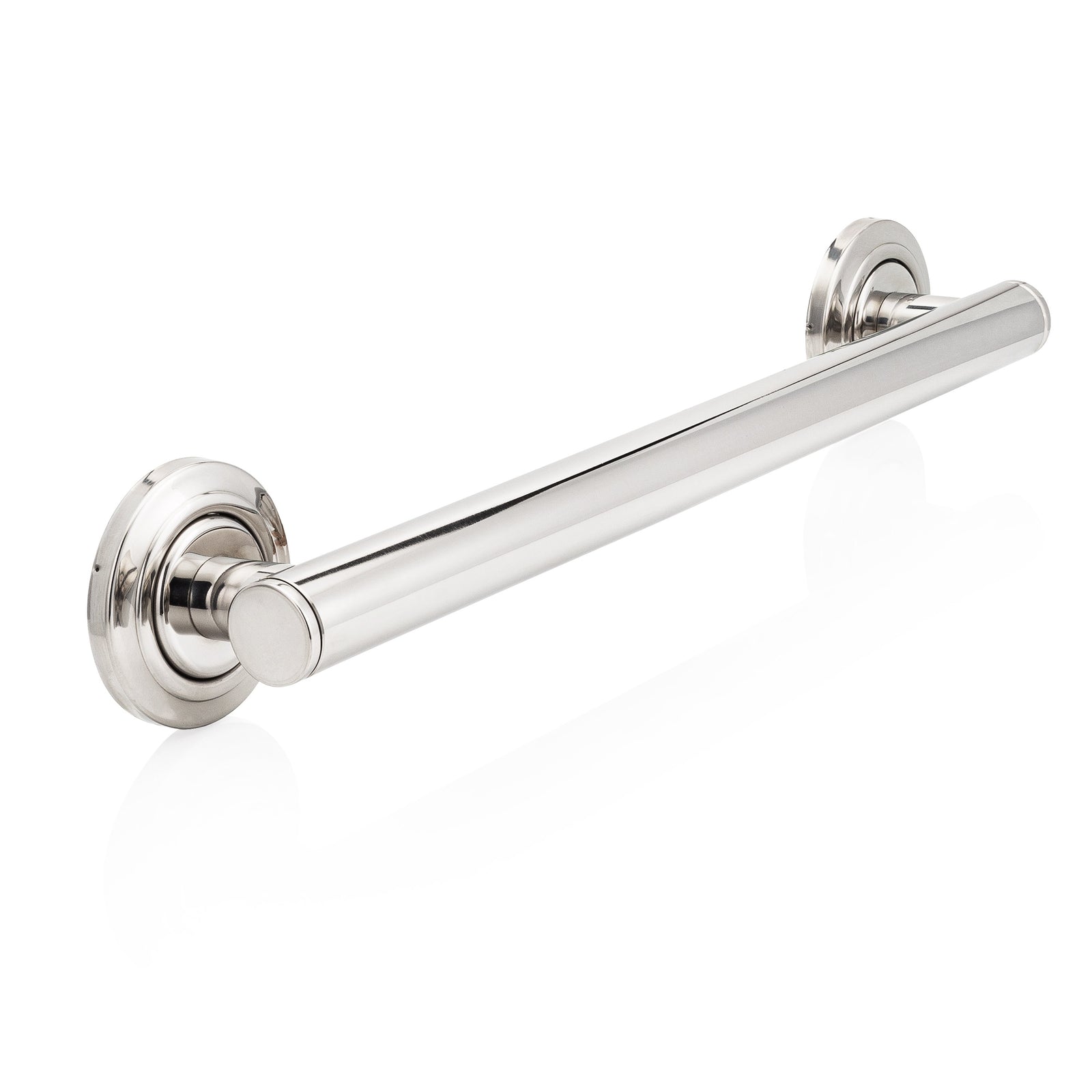
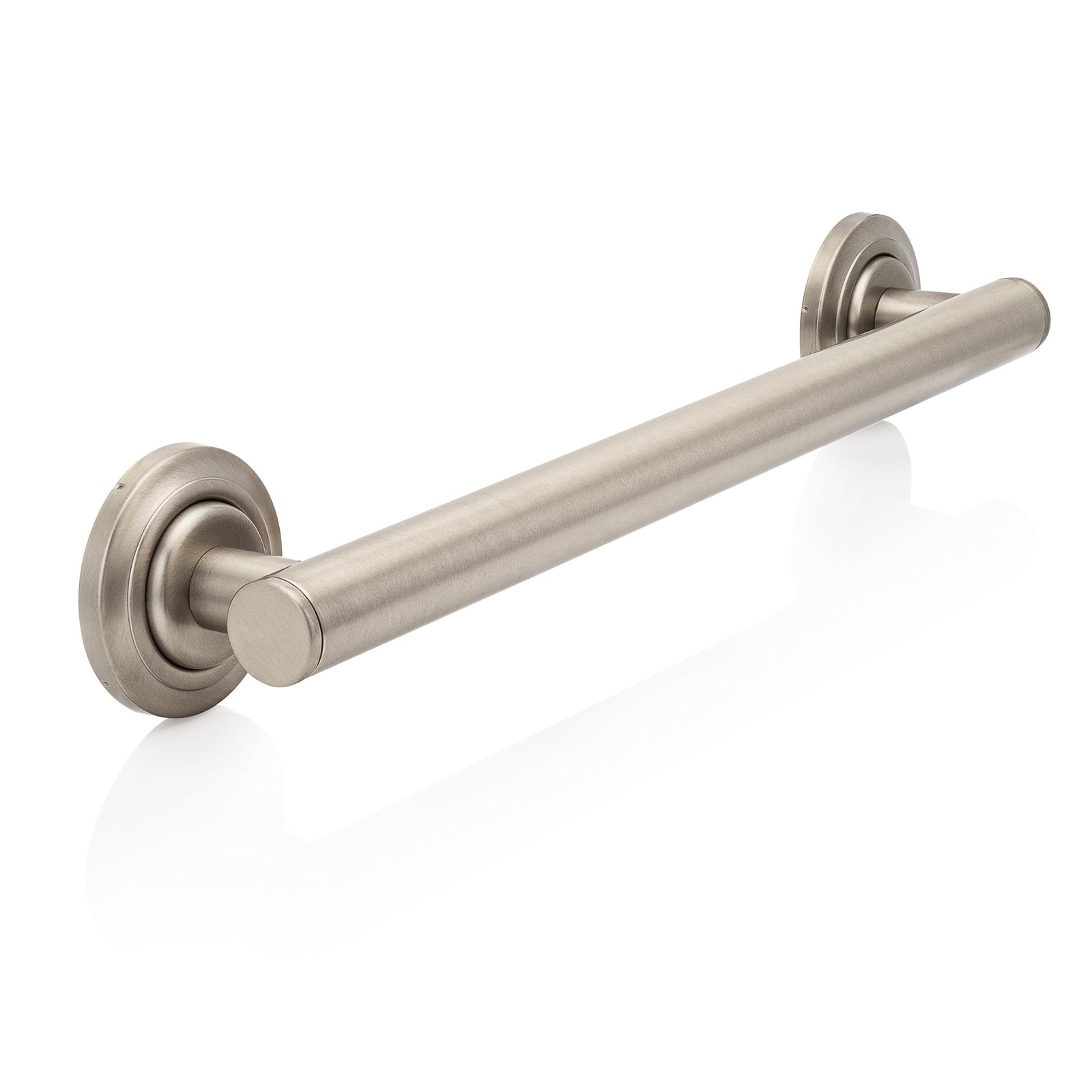

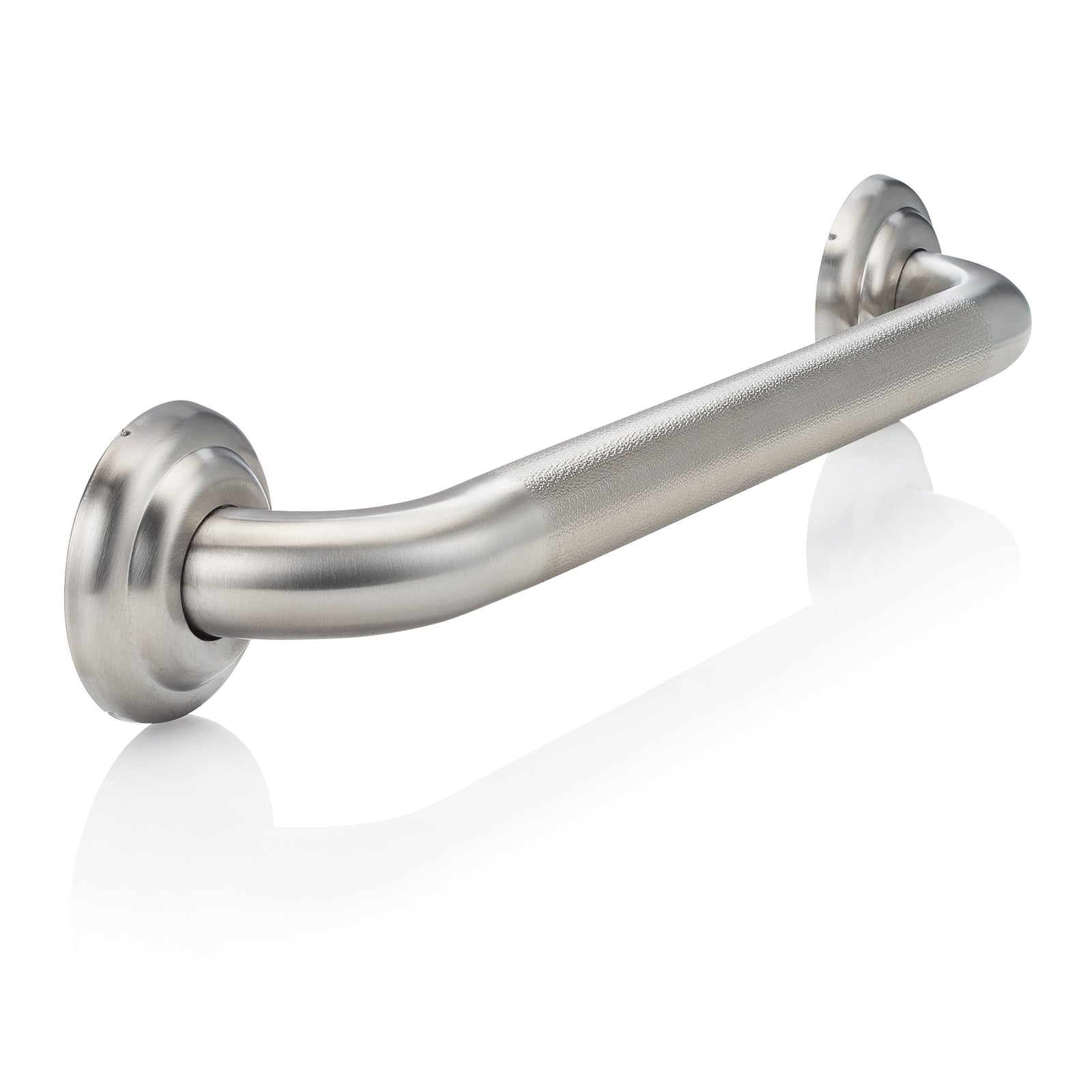
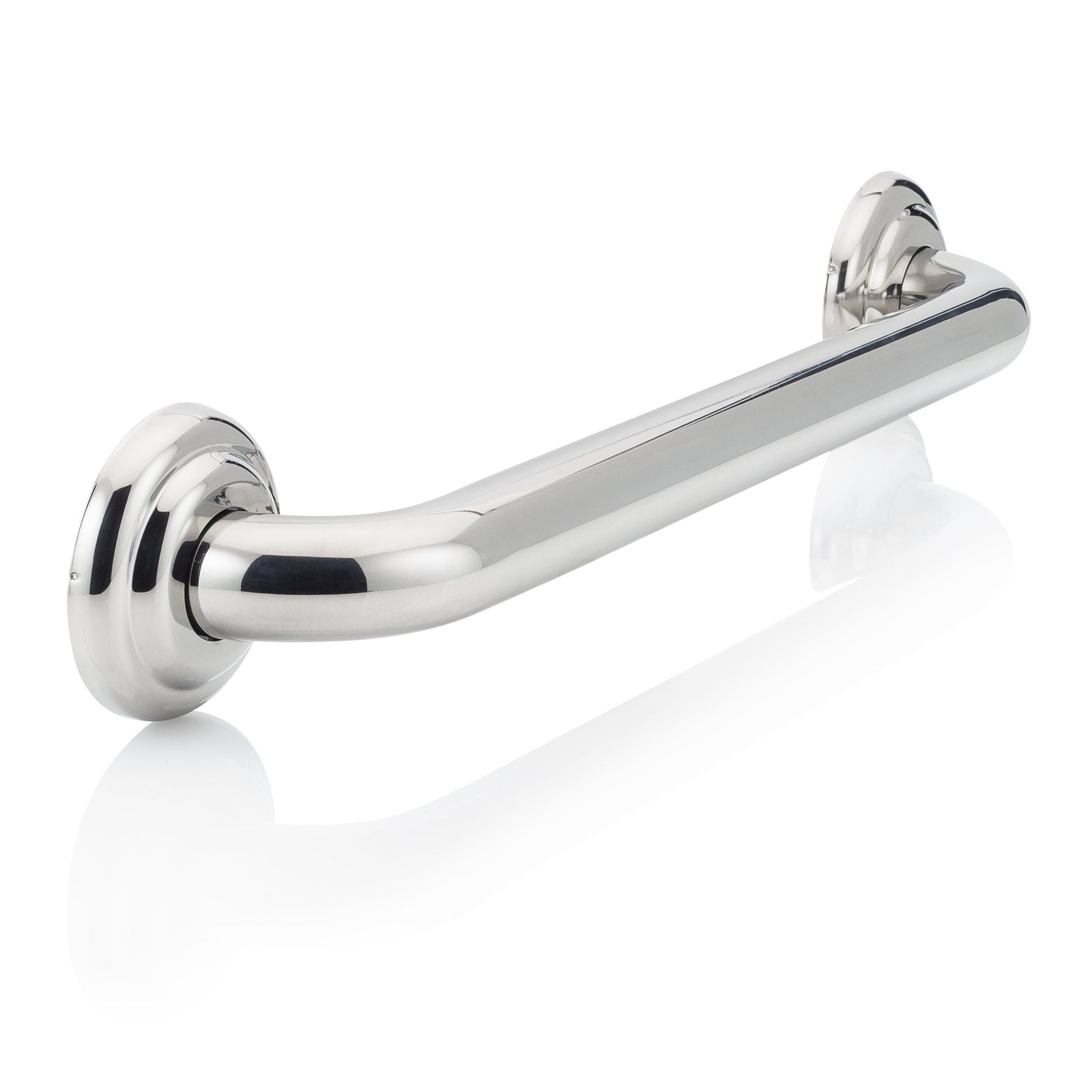
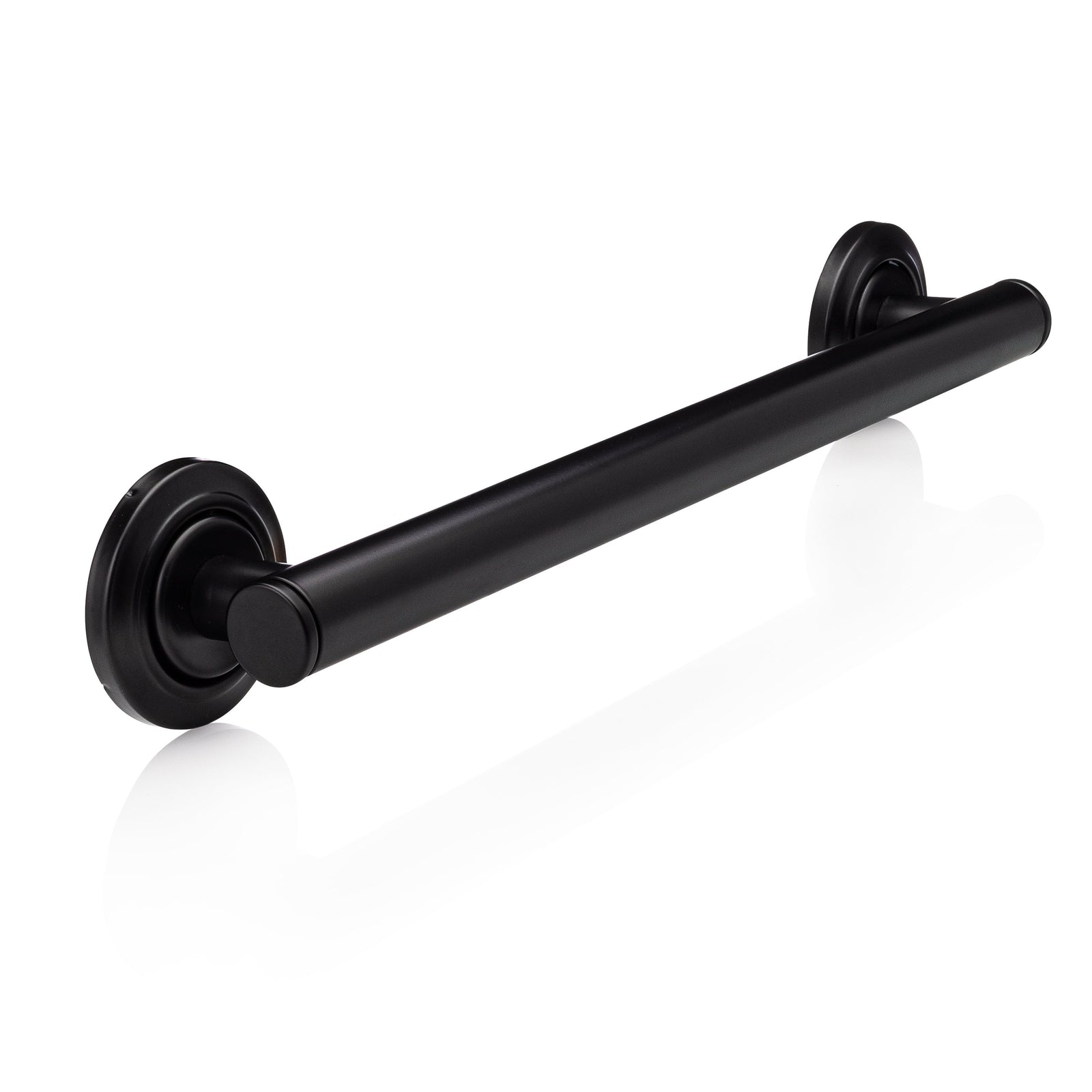
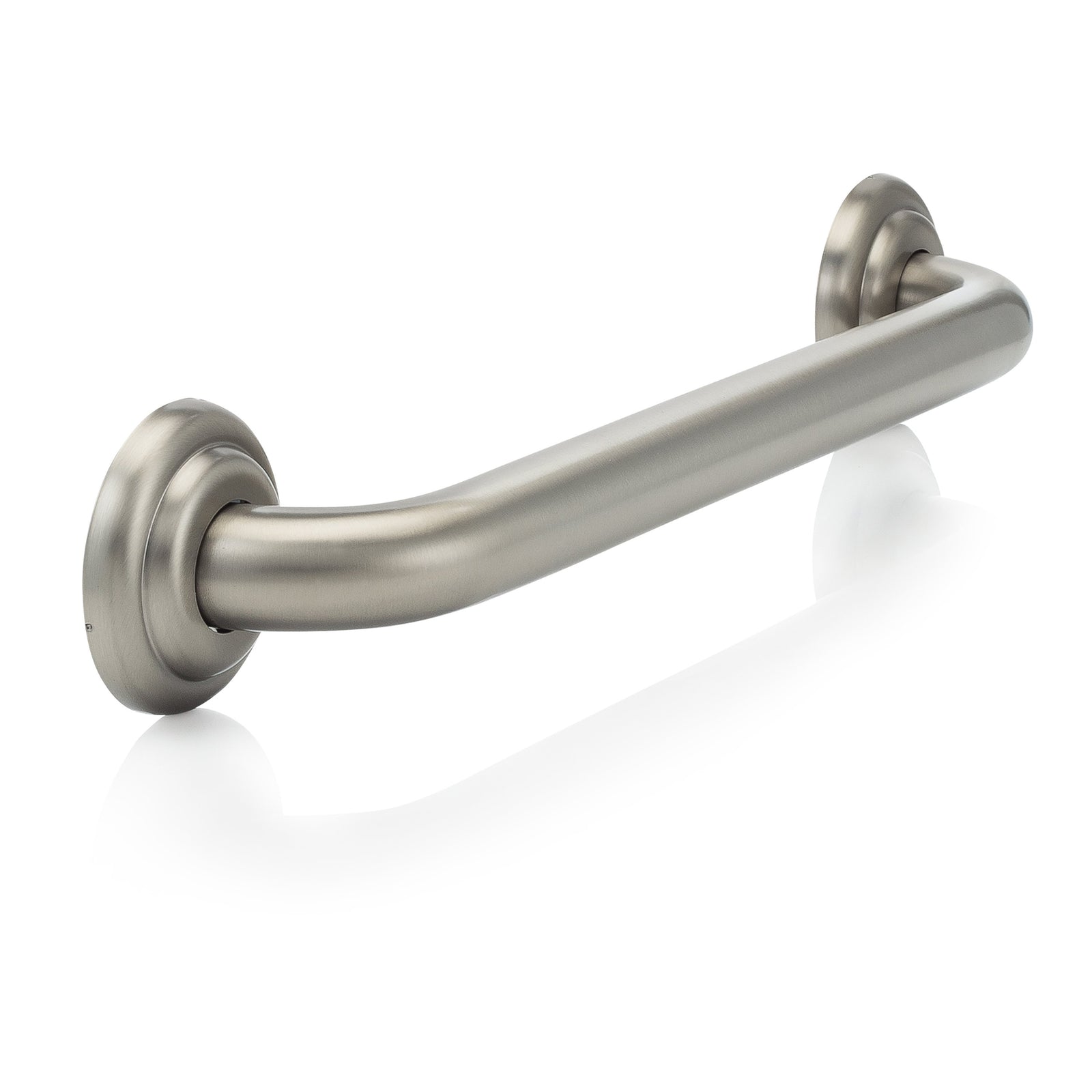
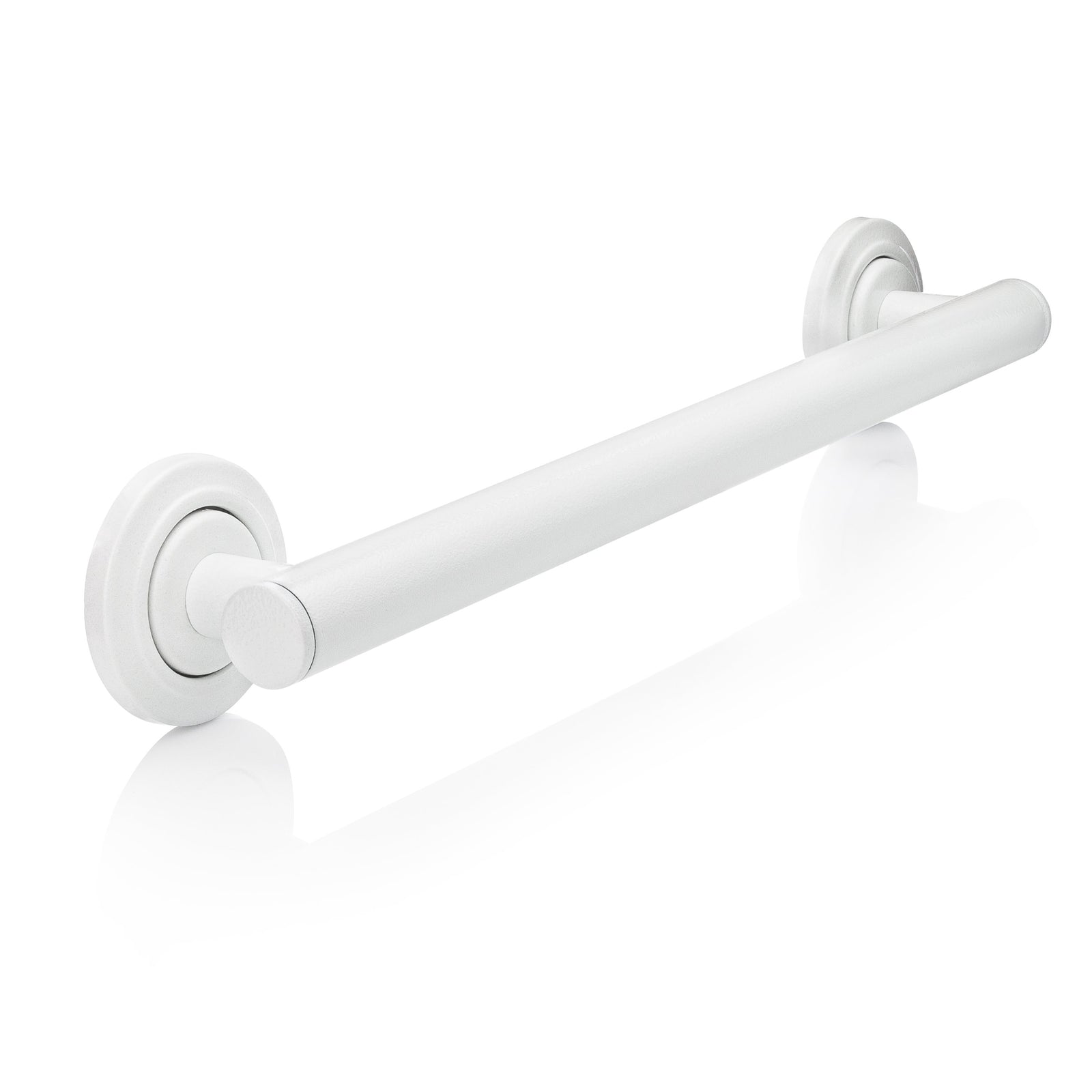
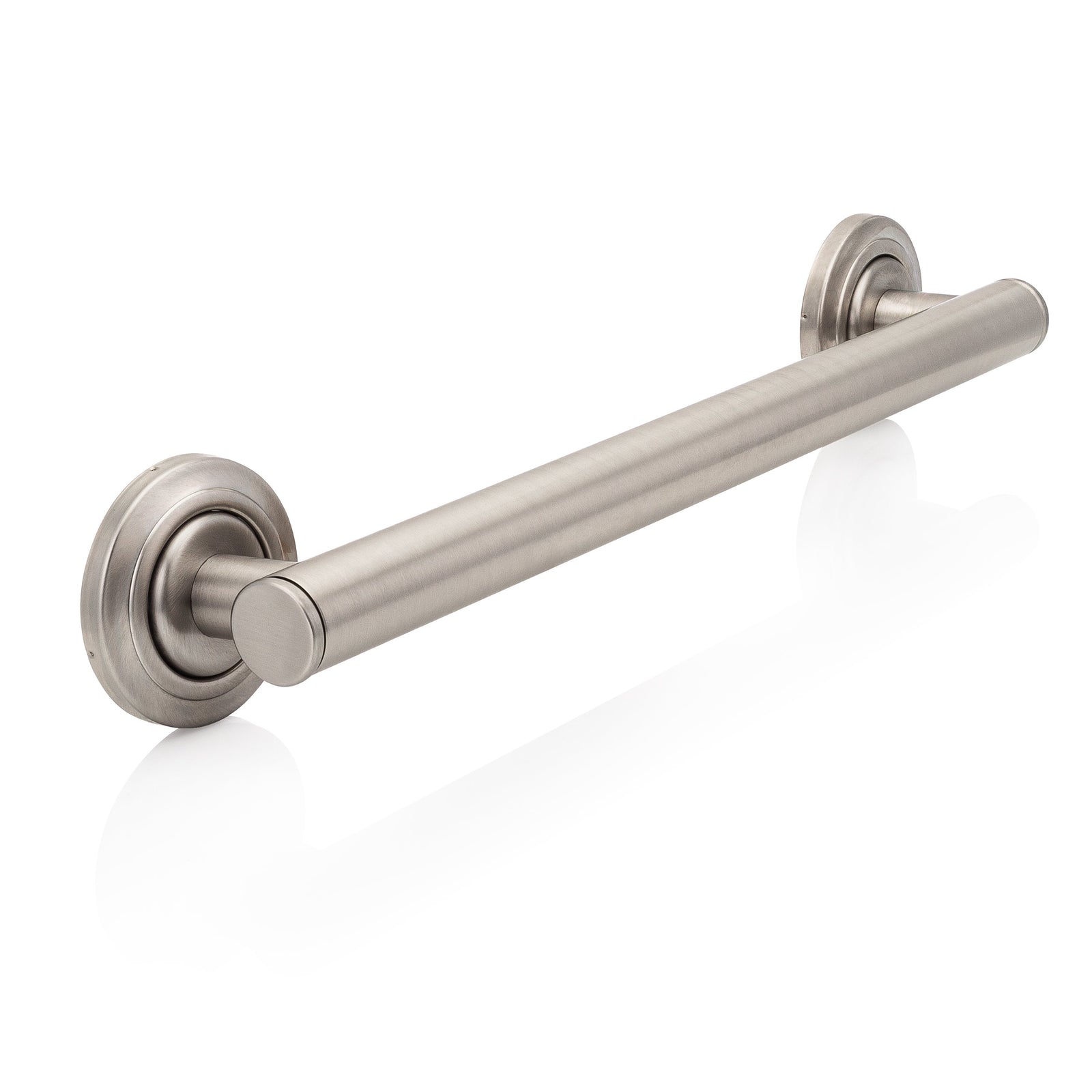
Katherine Bhana
July 22, 2024
I was extremely short of breath and constantly tired due to my Emphysema. I was advised to take Montair plus one tablet every night which would give me temporary relief and help my sleep. But I did not want her to depend on tablet fully which only offers relief not cure. I slowly started Ayurveda, and was introduced to Natural Herbs Centre, my symptoms gradually diminished including my shortness of breath, wheezing and fatigue. Reach them at naturalherbscentre. com. I know I’ll get negative comments but I’m sharing this perhaps someone is also looking at genuine alternative treatment. I can vouch for this Ayurvedic treatments but you still need to decide what works best for you. Sending prayers